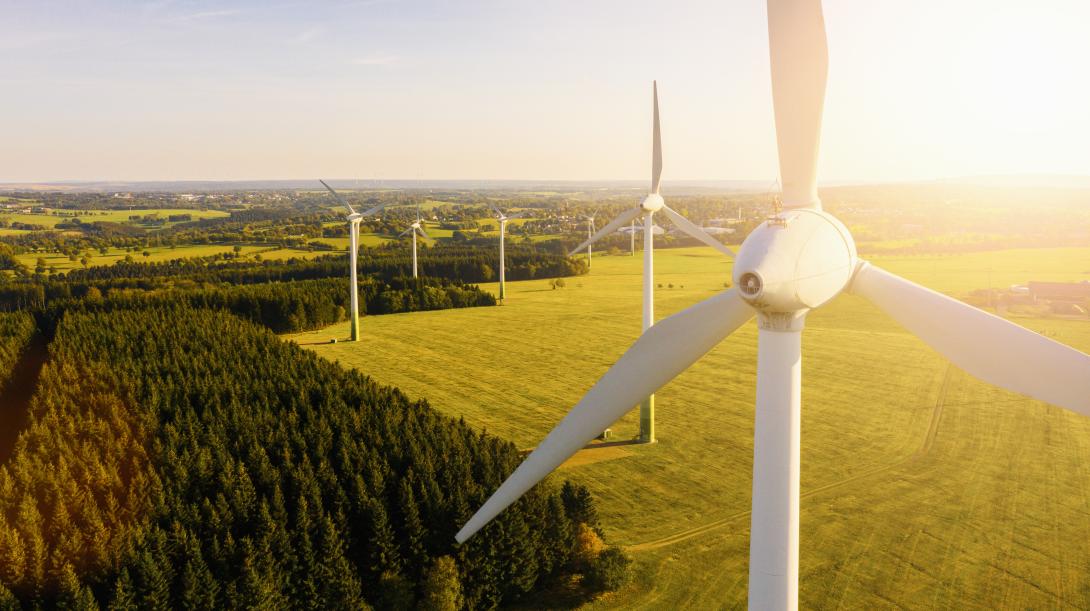By: Jim Singleton, TNEI Services
On the 12th December 2019 the Irish Department of Housing, Planning, Community and Local Government (DHPLG) and the Department of Communications, Climate Action and the Environment (DCCAE) released a draft update to the Wind Energy Development Guidelines (WEDG) for consultation. The publication of the draft followed a review of the original WEDG, which were published in 2006. The period of consultation for the proposed revision was 10-weeks.
In relation to noise, the draft guidance proposes some significant changes to the approach set out in 2006, which was lacking in detail and subject to a degree of interpretation. However, a number of acousticians working in the field have raised serious concerns over the significant amount of technical errors, ambiguities and inconsistencies in the content of the draft WEDG and these were highlighted during the consultation process by a group of acousticians, who quickly mobilised in December 2019 to provide a joint consultation response.
The Group was made up of acousticians who act for wind farm developers, Councils, Government bodies and residents’ groups. It contains several of the authors / contributors to ETSU‐R‐97, the IOA Good Practice Guide (‘the IOA GPG’) and the IOA Amplitude Modulation Working Group, which are all referenced extensively in the draft guidelines.
Given the short consultation period and the length of the document, it was felt that there would be insufficient time for the IOA to be able to produce a formal response, therefore, the Group issued a ‘holding response’ on December 20th 2019 stating; “We are very concerned about the consultation timescales outlined in the document and would note that this is insufficient to allow a formal response to be collated by the Institute of Acoustics (IOA). We would therefore request that an extension is allowed to enable the IOA to undertake its own consultation with its members. Notwithstanding the request for an extension to the consultation timescales, the group will seek to provide feedback within the existing 10 week consultation period and are keen to work with … DHPLG / DCCAE to ensure that the final guidelines are clear and robust.”
No extension was granted; however, the Group did produce a more detailed response, which was submitted in February 2020 with just a few minutes to spare before the consultation deadline.
In particular, the Group raised concerns over;
- The process of baseline noise assessment
- Consideration of World Health Organisation guidelines;
- The application of noise limits;
- Cumulative assessment;
- Corrections to account for noise character; and
- Compliance monitoring.
The Group agreed and stressed in their responses that they believe the setting of suitable noise limits is a matter for Government policy. The Group was only concerned with aspects of technical accuracy and clarity.
Following submission of the joint response, the Group was invited to send four representatives to meet with Government and on 25th February 2020, James Mackay, Dick Bowdler, Matthew Cand and Damian Kelly attended in Dublin to add a voice to the concerns, which we hope will be considered before the final publication of the WEDG.
A copy of the Group's consultation response can be viewed at: https://www.tneigroup.com/sites/default/files/WEDG%20consultation%20joint%20response%20R0.pdf
